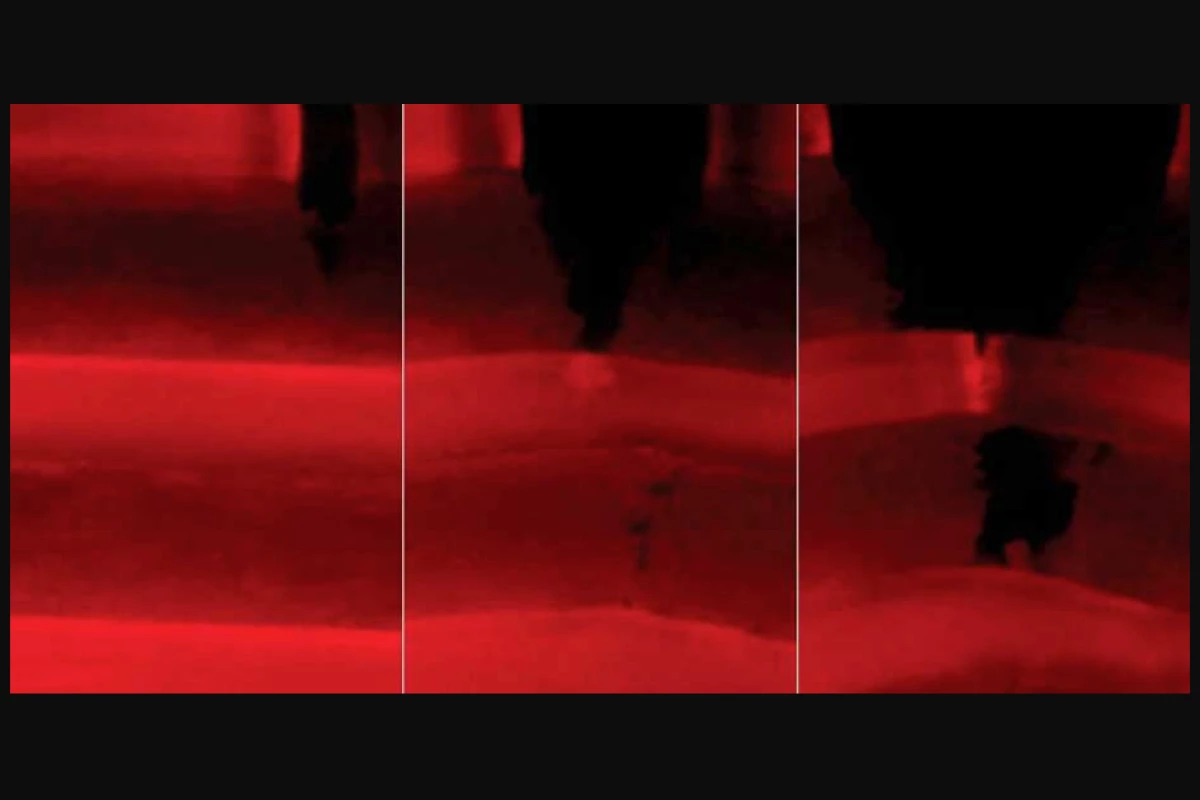When lightweight composite materials are used in fields such as aerospace, it's vitally important to know if they're experiencing mechanical stress – before they fail. A new composite is able to do so, simply by fluorescing under UV light.
Created by scientists at Switzerland's ETH Zurich research institute and the University of Fribourg, the experimental composite is composed of laminated alternating layers of two materials.
One of these is a previously developed synthetic version of nacre. Also known as mother-of-pearl, the natural version of nacre is composed of stacked-brick-like calcium carbonate plates, and it's what gives certain types of mollusc shells their hardness and stiffness. ETH's synthetic version is similarly tough, but is made of aligned aluminum oxide plates that are joined together via a mixture of epoxy resin and titanium oxide particles.
The other material is a plastic polymer that contains molecules known as mechanophores. Although these are usually a light pink color when viewed under ultraviolet light, they fluoresce in violet when they've been stretched.
Therefore, if the translucent composite has been bent, the polymer will reveal that fact by fluorescing violet under UV light – it will do so even before cracks form in the composite. What's more, the amount of mechanical stress it's endured can be objectively determined by measuring the intensity of the fluorescence. Basically, the more the mechanophores have been stretched, the brighter they'll shine. Subsequent exposure to green light causes them to revert to their default pink color.
It should be noted that so far, the composite has only been produced at laboratory scale. Further research is required to see if the manufacturing methods can be scaled up for commercial production.
A paper on the research was recently published in the journal ACS Applied Materials and Interfaces.
Source: ETH Zurich




